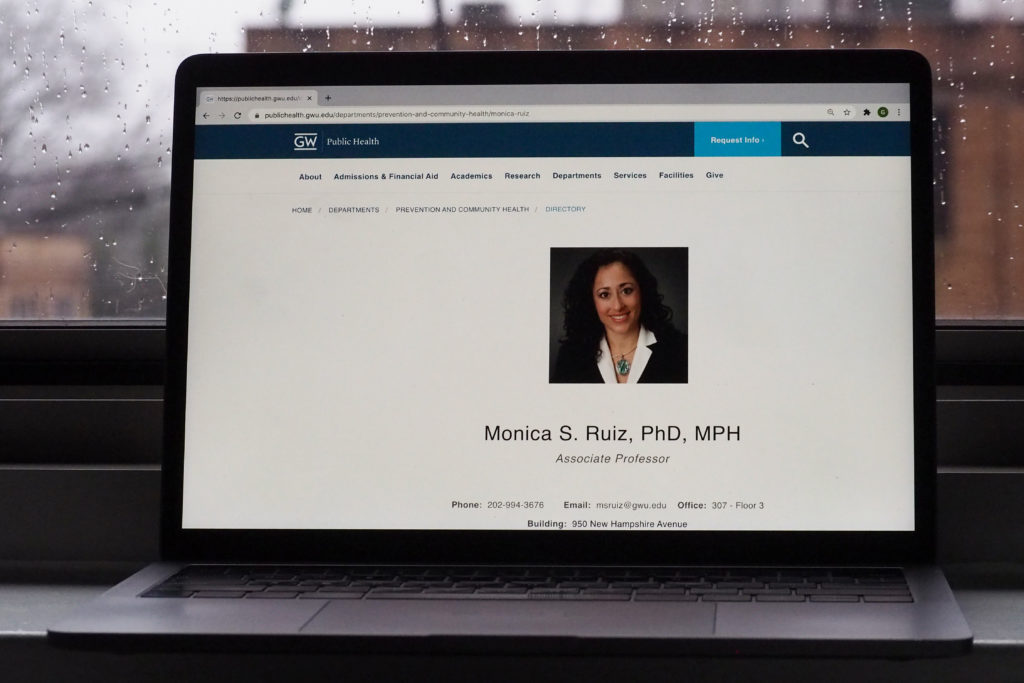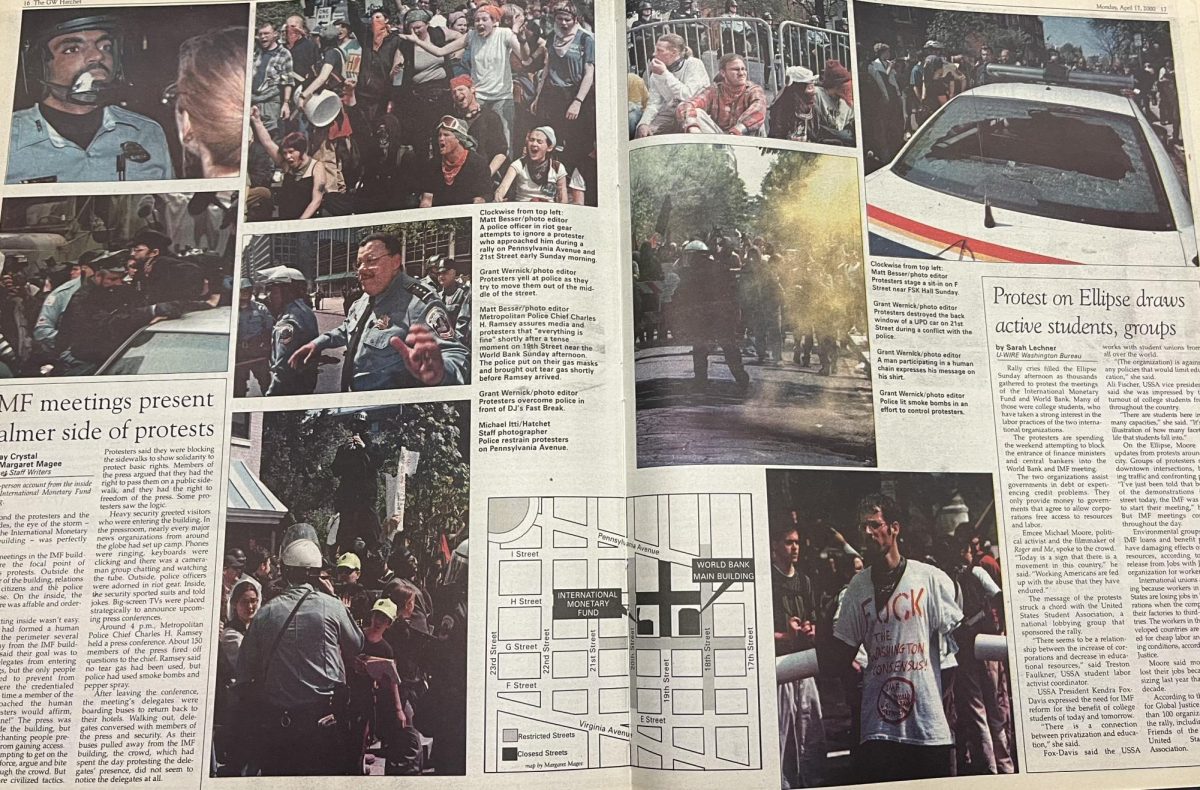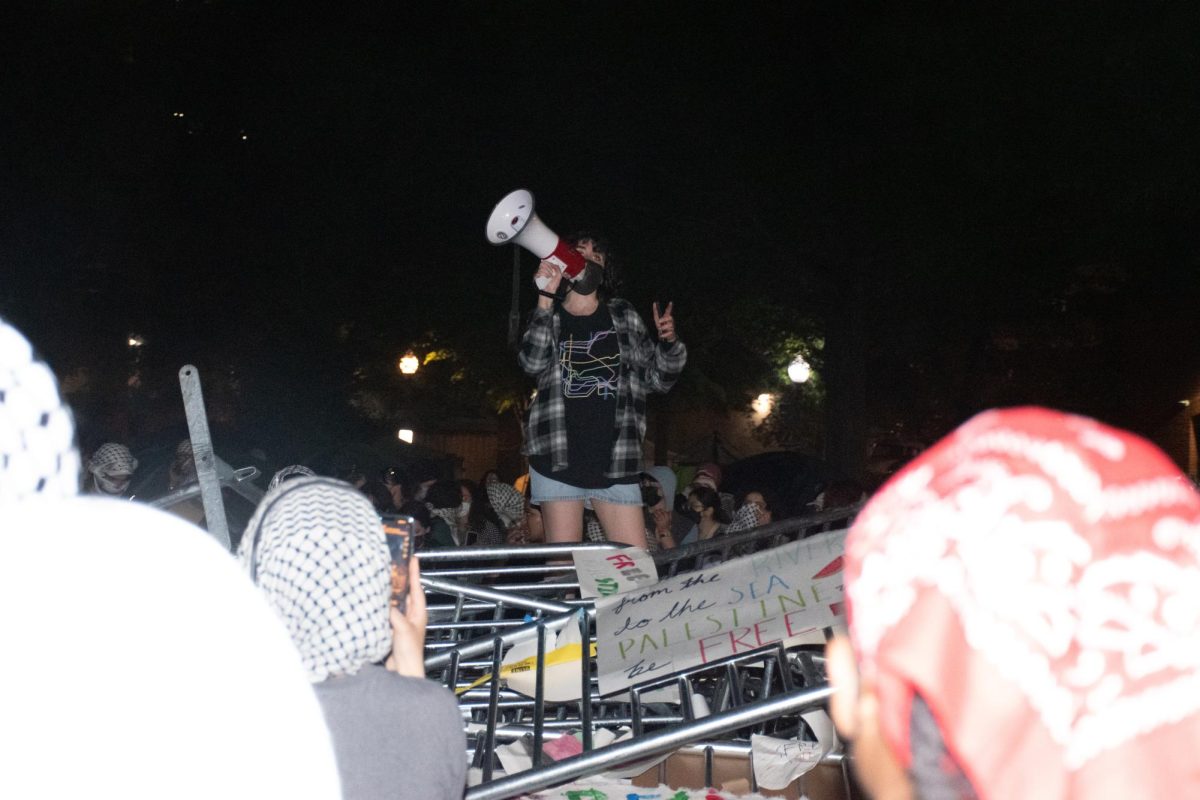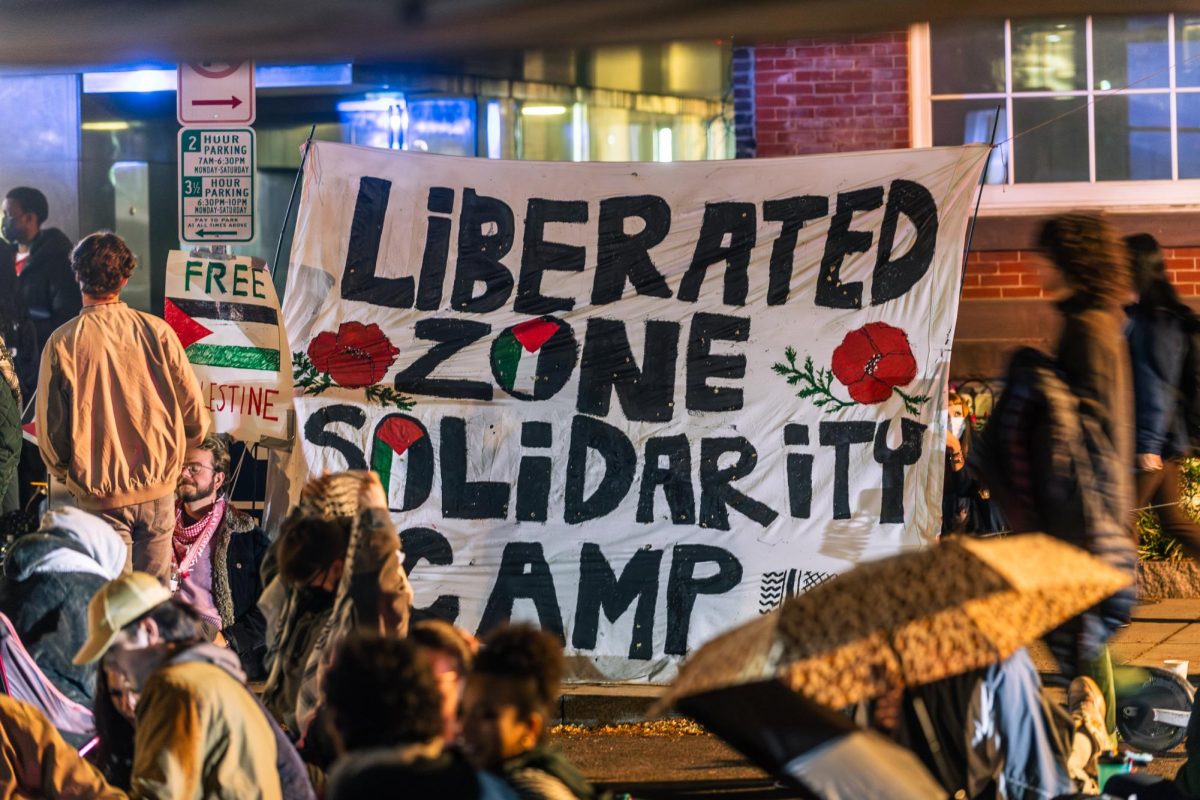Milken Institute School of Public Health students are tracking mask-wearing and social distancing adherence in communities throughout the East Coast to determine COVID-19 prevention strategies.
The research is part of a nationwide study, led by health care organizations Kaiser Permanente and the RAND Corporation, to follow compliance with COVID-19 prevention protocols in communities nationwide. Deborah Cohen, a science research assistant at Kaiser Permanente’s Department of Research & Evaluation, said the project seeks to determine how communities differ in abiding by COVID-19 recommendations, like wearing a mask and avoiding crowds.
Cohen said the research is being conducted at nine universities, and more than 100 students are partaking in the data collection. She said she hopes the data will be used to inform local authorities on intervention strategies with low-adherence communities.
“The goal is to conduct them not just at universities but also in diverse local communities,” Cohen said. “We are asking all sites that are collecting the data to share their findings as widely as possible and to work with local health departments to make best use of the data. Knowing where there may be gaps in adherence can inform interventions.”
Monica Ruiz, an associate professor of prevention and community health, said the project relies on observational data collection from “citizen scientists,” who take notes on mask-wearing and social distancing twice a week from their respective communities or wherever they take remote classes.
“We have folks who will hopefully be on the GW campus, we have folks who are in Northern Virginia, in D.C., Bethesda, in Georgia, in Illinois,” Ruiz said. “They can be anywhere and they are able to access places just because it’s part of their neighborhood and their community, so we are getting little snapshots of communities by the people who live there.”
Ruiz said local leaders can use the data to adjust messaging on COVID-19 protocols for communities that are less compliant with mask-wearing or social distancing measures.
Amita Vyas, the director of the GW Center of Excellence in Maternal and Child Health in the public health school, said students have sat in public places in their cars or in indoor spaces during the winter to observe COVID-19 adherence measures.
“It really can help us design and develop more targeted messaging to certain groups of people in hopes that that would resonate more clearly with them, but before we can do that, we need to understand, ‘Who are the folks who are more adherent to mask wearing versus others?’” she said.
Vyas said health officials can target low-adherence community groups through pinpointed messaging, guided by the data the citizen scientists collect.
“If there’s one thing that we’ve learned is that generic messaging isn’t always the most effective,” she said. “The hope of this research is that it’s going to guide more targeted and specific messaging to people in hopes that they will adopt more mask adherence in terms of the behavior.”
The next steps for the research team is to analyze trends in the data that they have observed over several months and produce data-driven reports throughout the spring and summer, Vyas said.
“We’ll start that analysis of data and all of the students are going to be involved,” she said. “We’ll be training them on that analysis. All of the students are going to look at different aspects of the data. Some people are looking more focused on a specific region or population.”
She said even as vaccines continue to roll out, this data collection and analysis will remain relevant because the virus will still be prevalent the rest of the year and into 2022.
“Even though we have a vaccine and we started vaccinating people, I do think that we will still be addressing issues related to COVID-19 through the rest of this year, given where we are with the vaccinations, given possible new variants,” she said.
Jaqueline Carlton, a first-year graduate student in the physician assistant and public health programs in the School of Medicine and Health Sciences and the public health school, said she wanted to get involved with the project after becoming infected with the virus while working at the D.C. Veterans Affairs Medical Center in the hospice unit.
“I firsthand saw how it affected families and affected the community in a broader sense,” Carlton said. “It just became something I was really passionate about, especially when you see peers and colleagues not taking it quite as seriously as others.”
She said a personal benefit of working as a citizen scientist is developing her observational research skills through data collection and collaboration with others during weekly meetings. She said she hopes the data can inform health officials on the number of people that aren’t adhering to COVID-19 prevention protocols.
“If someone on the team is looking at a specific variable, whether that’s physical activity or have an interest in children, you may take note of specific observations on one of your data collection times for them,” she said.
She said citizen scientists have more influence with their respective communities than government researchers because they are active members of their own communities.
“When you have community stakeholders who are getting involved, citizen scientists who look like you and me, who look like normal people, it’s a little bit easier to take the advice that they’re giving you and recognize, ‘OK, this isn’t just coming from some faceless society,’” Carlton said. “It doesn’t feel quite as government-controlled and threatening, perhaps, to some people.”
Tessa Walls contributed reporting.








